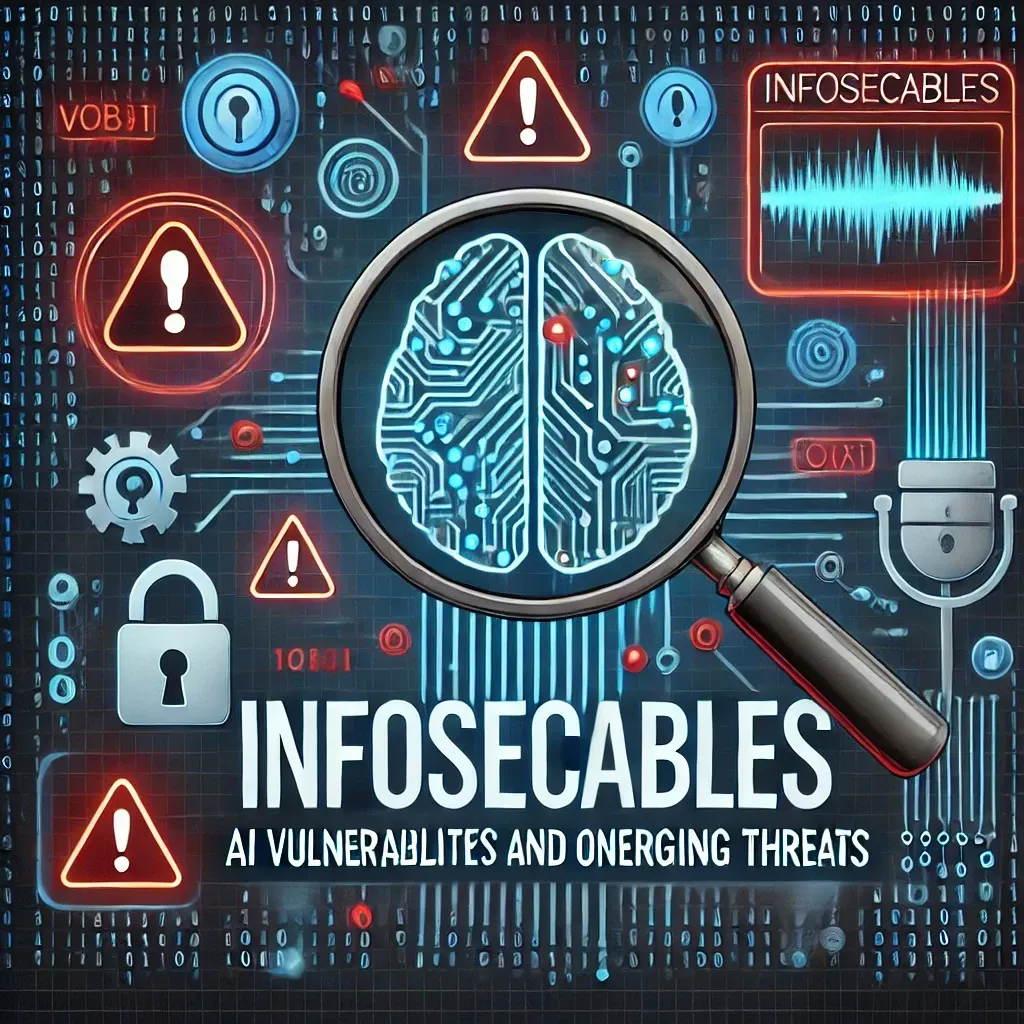RansomHub Ransomware Group and the Fallout from the CrowdStrike Outage: Key Cybersecurity Developments Today
How the RansomHub Ransomware Group and CrowdStrike Outage Are Shaping the Future of Cybersecurity in 2024

RansomHub Ransomware Group and the Fallout from the CrowdStrike Outage: Key Cybersecurity Developments Today
The cybersecurity landscape has been abuzz with significant developments today, particularly around a new ransomware group and the aftermath of a major service outage from a leading cybersecurity provider.
US Authorities Issue Ransomware Warning
US agencies, including the FBI and CISA, have issued a joint advisory warning about a ransomware group called RansomHub. This group, which also operates under the names Cyclops and Knight, has rapidly gained notoriety since its inception in February 2024. RansomHub has already targeted over 210 organizations across various sectors, from government services to critical infrastructure like water and wastewater systems.
The advisory urges organizations to take several critical steps to mitigate these threats, such as:
- Updating all systems promptly: Ensuring that operating systems, software, and firmware are up-to-date can prevent exploitation of known vulnerabilities.
- Implementing phishing-resistant multi-factor authentication: This can reduce the risk of unauthorized access, especially for sensitive accounts.
- Conducting user training: Educating employees to recognize and report phishing attempts is crucial in preventing breaches initiated through social engineering tactics.
These measures are essential for bolstering defenses against the increasingly sophisticated tactics used by ransomware groups like RansomHub.
Organizations Rethink Cybersecurity Strategies After CrowdStrike Outage
In another major development, a recent outage involving a faulty CrowdStrike sensor update has led many organizations, especially in Germany, to reconsider their cybersecurity strategies. The update, which caused widespread disruptions, affected 62% of surveyed German companies directly and another 48% indirectly through their suppliers and partners. The impact was severe enough that nearly half of the affected organizations had to halt operations, with an average downtime of 10 hours.
The incident has spurred numerous companies to revise their IT emergency plans and consider changes in their cybersecurity providers. A survey found that 10% of organizations are planning to switch their providers, and many more are revising their criteria for selecting security vendors. Additionally, there has been a push towards implementing more robust measures, including zero-trust architecture, improved backup systems, and increased use of cloud services.
Implications for Businesses and Cybersecurity Providers
These incidents underscore the critical need for organizations to maintain robust cybersecurity frameworks and stay agile in response to evolving threats. For businesses, this means not only having a solid incident response plan but also regularly reassessing their security vendors and technologies to ensure they are equipped to handle disruptions.
For cybersecurity providers like CrowdStrike, the fallout from service outages can lead to a significant loss of trust and potential revenue as customers look for more reliable alternatives. As cybersecurity threats grow in complexity, both vendors and clients must collaborate closely to enhance resilience and minimize the risk of devastating disruptions.
Stay updated on these developments and more by following cybersecurity news regularly and reviewing your organization’s preparedness against such threats.





